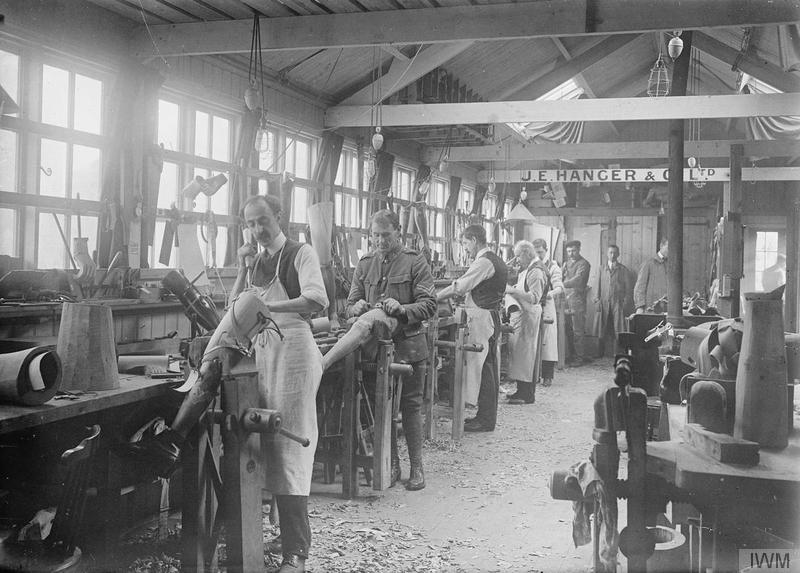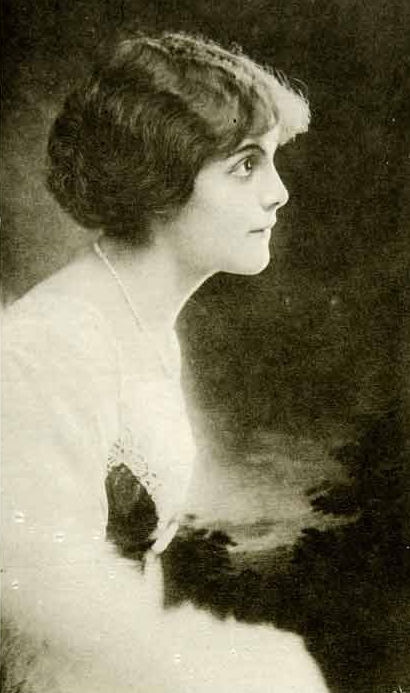One of the noblest works in relieving the suffering of wounded soldiers is being undertaken by women of the Austrian nobility, who are sacrificing their very jewels and finery to show their sympathy for their fellow countrymen.
Recently Baroness M. Reitzes of Vienna, long one of the Austrian capital’s society leaders and noted as one of the most beautiful women in Europe, sold her wonderful pearl necklace for $35,000 and with the amount purchased bread for the poor. Countess Manon von Dumreicher gave 5,000 cork legs to soldiers, who lost their limbs in battle. Countess Sierstorff purchased from her savings 1,000 pounds of tobacco for distribution among the troops of her country.
These gifts to the poor and to the afflicted soldiers were more appreciated than hero medals. Such presents from women so fair, who have abandoned their high rank to be among the afflicted, always will be treasured by the persons benefited. The presentation of the gifts aroused the soldiers to the knowledge that the nobility were keenly and sympathetically in their favor. The man in the trench wants to feel that the people of the nobility at home are sincerely with him and endeavoring to do their best to aid him instead of standing back in safety and holding his coat while he fights.
In the present war the German and Austrian nobility have given their troops the greatest confidence by going to the front with them. King Frances Joseph and all of his officers are with their troops while the Kaiser and his sons are almost ubiquitous and would pitch right into battle themselves were they not restrained by their generals and officers. The risks undergone by the Kaiser and his sons especially have won the admiration and confidence of the men. Then the kindness and thoughtfulness of these pretty countesses from Vienna won a soft spot in the hearts of the soldiery.
When Countess Manon von Dumreieher gave 5,000 cork legs to her soldiers she could not have given a better reward for their services had she filled their pockets with gold or covered their breasts with costly medals. The loss of a leg or arm is regarded by a soldier as the greatest mark of devotion to his country. It means that he has “fought the good fight” and has resisted the enemy until so seriously injured that he must be removed from the field of battle.
ANGEL IN THE TRENCHES
As the Countess went through the hospitals and camps, giving away the legs and adjusting them to the stumps left after the crushed flesh was removed by surgeons, she might have been imagined an angel, so hearty was her welcome. With her own dainty hands she adjusted the limbs to see that they fitted and the wounded smiled up at her with their love shining in their eyes and they pressed her hands to their lips in token of gratefulness.
An eighteen-year-old boy lay in the hospital at Vienna with a leg off. The countess approached his bed. Seeing him so brave and yet so youthful she bent and bestowed a kiss on his forehead. The lad, delirious from a fever following an operation, placed his arms about her and wept. The countess held him in her arms and talked to him a long time. Then she bent and kissed him again.

View of the workshop where the artificial limbs are made during WWI. “Cork legs” were developed during the nineteenth century, with ivory balls in rubber-socket ankles for a better range of movement, whilst lightweight leather prosthesis were also developed which were laced on like knee boots, allowing air to circulate so the wearer will not get too hot. Cork legs were better than the wooden legs, since they had less of a chance of splitting.
In one bed an old, gray-haired man lay. He refused to allow the Countess to adjust the cork limb. “No, I lost this leg in fighting for my country and I shall not conceal the marks of my service by wearing a false limb. I have only a few more years to live, but in that time the people shall say as I pass down the streets, “There goes a man who lost his leg in battle.”
The countess complimented him on his noble wish. “I have, however, a wife and six children at home. Cork legs are worth money. Sell my leg and give the money to my family, for they need help and I will only be a drag on them when I recover.” The countess bought the leg from herself for the equivalent of $500 of United States money and gave the sum to the wife and children of this man.
BOUGHT IN AMERICA
The cork legs are bought from the United States, and in fact, since the beginning of the war their manufacture has become a busy industry. It is expected that more than a million of them will be used before the great conflict ends.
The Ogden Standard. (Ogden City, Utah), June 19, 1915, 4 P.M., City Edition, Magazine Section, Pg. 20.
Short Stories on Honor, Chivalry, and the World of Nobility—no. 659











